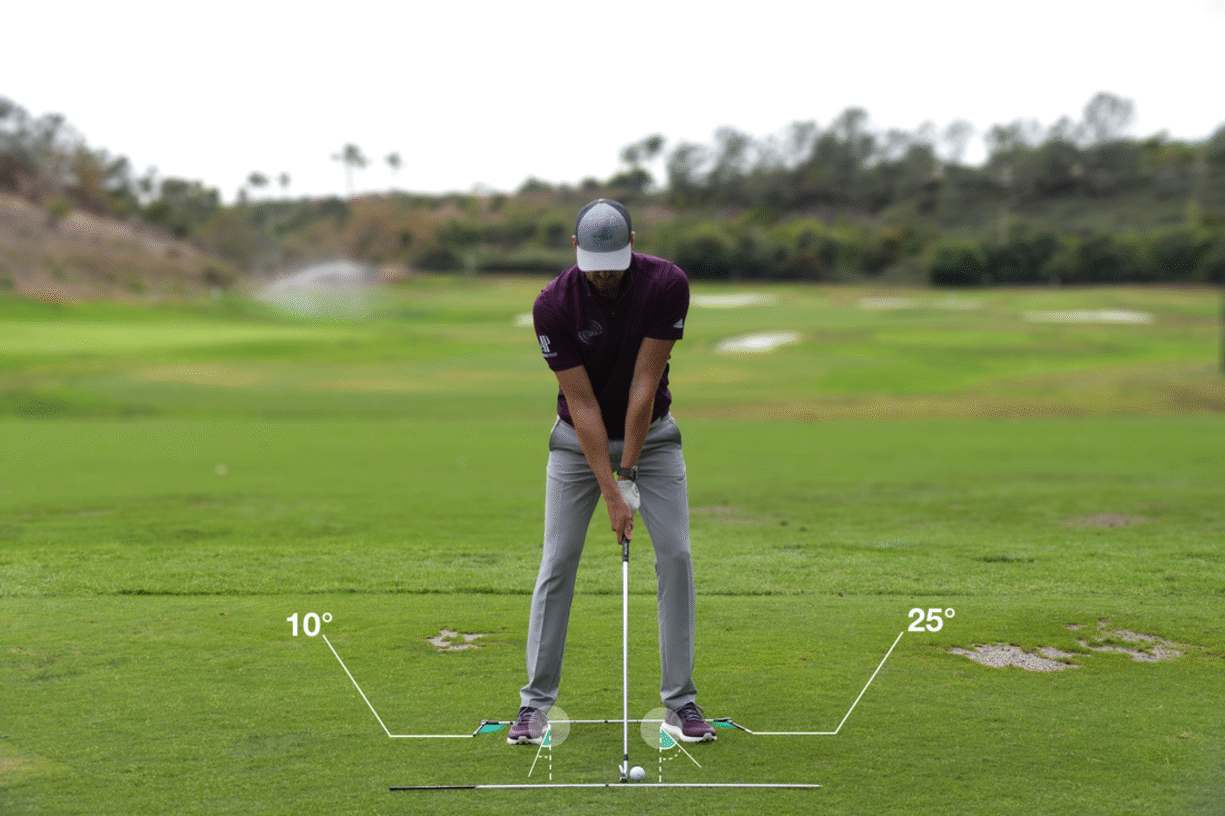|
Getting your Trinity Audio player ready...
|
Golf can seem like a complicated sport, but it all begins with mastering one core skill: the golf swing.
Learning how to swing a golf club is essential to improving your game, regardless of whether you’re a beginner or a seasoned player looking to fine-tune your technique.
In this blog post, we’ll break down the steps for a perfect golf swing and provide some pro tips to take your skills to the next level.
The Fundamentals of a Proper Golf Swing
Before diving into the mechanics, it’s crucial to understand that a golf swing is a combination of various movements that must work together harmoniously.
Developing a smooth and consistent swing is key to better accuracy, distance, and control on the course. Let’s look at the core components of a solid swing.
Step 1: Get the Right Grip
The foundation of a successful golf swing starts with how you hold the club. There are three primary grips that golfers use:
- The Overlapping Grip: The most common grip, where the pinky finger of the right hand rests on top of the left hand’s index finger.
- The Interlocking Grip: Here, the pinky finger of the right hand interlocks with the left hand’s index finger.
- The Baseball Grip: Also known as the 10-finger grip, all fingers grip the club like holding a baseball bat, often preferred by beginners or players with smaller hands.
Choosing the right grip for you depends on comfort, control, and the kind of shot you are trying to achieve. Regardless of the grip style, your hands should work together in harmony to control the club.
Step 2: Establish the Correct Stance
Your stance sets the stage for your entire swing. A good stance provides balance and mobility, ensuring you can execute a smooth swing. Here are some key pointers:
- Feet Shoulder-Width Apart: Your feet should be spaced about shoulder-width apart for stability.
- Knees Slightly Bent: A slight bend in your knees helps maintain balance and enables a full range of motion.
- Even Weight Distribution: Your weight should be evenly distributed between your feet. Avoid leaning too far forward or backward, as this can throw off your balance during the swing.
- Alignment with the Target: Make sure your feet, hips, and shoulders are aligned with your target to ensure accuracy.
Once your stance is set, you’re ready to focus on the swing itself.
Step 3: The Backswing
The backswing is crucial for generating power and control. It sets the tone for how much speed you’ll generate in your downswing. Here’s how to execute a smooth backswing:
- Turn Your Shoulders, Not Your Arms: Start by rotating your shoulders while keeping your arms straight. Avoid lifting your arms above your shoulders, as this can lead to over-swinging.
- Shift Your Weight: As you rotate your shoulders, shift your weight slightly onto your back foot. This gives you the momentum needed for a powerful downswing.
- Keep Your Eye on the Ball: At no point during the backswing should you take your eyes off the ball. This ensures that your body stays aligned with your target.
The goal of the backswing is to create a controlled coil of energy that you will release during the downswing.
Step 4: The Downswing and Follow-Through
The downswing is where the magic happens, as it’s the part of the swing that connects the club with the ball. Here’s how to make a powerful and precise downswing:
- Shift Your Weight Forward: Begin by shifting your weight back toward your front foot. This helps to generate power and gives you control over the ball.
- Keep Your Arms Straight: As you bring the club down, maintain straight arms to ensure proper contact with the ball.
- Rotate Your Hips: Your hips should lead the way in the downswing, followed by your shoulders. This rotational motion is what gives your swing its power.
- Follow Through: After making contact with the ball, continue rotating your hips and shoulders. Your swing should finish with the club high above your shoulder and your body facing the target.
A full and smooth follow-through ensures you maintain balance and control after striking the ball, making it easier to track your shot.
Common Golf Swing Mistakes (and How to Avoid Them)
Learning how to swing a golf club often involves overcoming common mistakes. These errors can lead to inconsistent swings and inaccurate shots. Here are some pitfalls to watch out for:
- Gripping Too Tightly: A tight grip can cause tension in your hands and arms, leading to poor club control. Maintain a firm but relaxed grip to allow for fluid motion.
- Improper Stance: Without a solid, balanced stance, it becomes difficult to execute a proper swing. Ensure your feet, hips, and shoulders are aligned correctly before swinging.
- Swinging Too Hard: Many beginners think that swinging harder equals more distance. In reality, a smooth, controlled swing will provide better accuracy and often more distance.
- Lifting Your Head: Taking your eyes off the ball during the swing can lead to mis-hits. Keep your head down and focused on the ball until after impact.
By addressing these common errors, you can significantly improve your swing consistency.
Tips for Improving Your Golf Swing
Improvement comes with practice, but incorporating these tips can speed up the process:
- Practice with Different Clubs: Each club has a different feel and purpose. Spend time practicing with a variety of clubs to understand how your swing changes with each one.
- Video Analysis: Record your swing to analyze your form. Compare your swing to professional golfers to identify areas where you can improve.
- Take Lessons: Working with a golf instructor can provide valuable insights into your technique. A coach can identify bad habits and help you develop a more consistent swing.
The Importance of Consistency
In golf, consistency is key. It’s not just about having one good swing but being able to replicate that swing every time. By mastering the basics and focusing on a smooth, controlled motion, you can develop the consistency needed to improve your overall game.
FAQs
Q1. How can I stop slicing the ball?
Ans: To stop slicing, check your grip and stance. Make sure your shoulders are aligned with the target and avoid an overly tight grip. Also, work on keeping your clubface square to the ball at impact.
Q2. What’s the best grip for beginners?
Ans: The overlapping grip is generally considered the best for beginners because it provides a balance of control and power. However, the interlocking grip is also a good option if you have smaller hands.
Q3. How can I hit the ball further?
Ans: To increase your distance, focus on generating more clubhead speed through a combination of proper hip rotation and weight transfer. Ensure that your follow-through is complete for maximum power.
Q4. Why is my golf swing inconsistent?
Ans: Inconsistent swings often stem from poor fundamentals like improper grip or stance. It can also result from rushing the backswing or not maintaining a steady tempo. Regular practice with attention to these areas can help.
Q5. How important is the follow-through in a golf swing?
Ans: The follow-through is critical for maintaining balance and ensuring that your swing remains smooth and controlled. A good follow-through helps guide your ball toward the target.
Q6. How can I improve my short game swing?
Ans: For short game swings, focus on control rather than power. Use a slightly narrower stance and grip down on the club. Practice half-swings to improve your precision.
Conclusion
Learning how to swing a golf club can feel daunting at first, but by focusing on the key fundamentals grip, stance, backswing, and follow-through you can develop a powerful and consistent swing.
Remember to practice regularly, avoid common mistakes, and consider seeking professional guidance for faster improvement. With time and effort, your golf game will improve, and you’ll enjoy more success on the course!






